If you’ve ever wondered how much you have to reuse that cotton bag tote for it to be worth it, a new Danish study has found out the figures:
• Bleached paper bags: Reuse for grocery shopping at least 1 time for climate change, at least 43 times considering all indicators; reuse as waste bin bag if possible, otherwise incinerate.
• Organic cotton bags: Reuse for grocery shopping at least 149 times for climate change, at least 20000 times considering all indicators; reuse as waste bin bag if possible, otherwise incinerate.
• Conventional cotton bags: Reuse for grocery shopping at least 52 times for climate change, at least 7100 times considering all indicators; reuse as waste bin bag if possible, otherwise incinerate.
Carry on.
